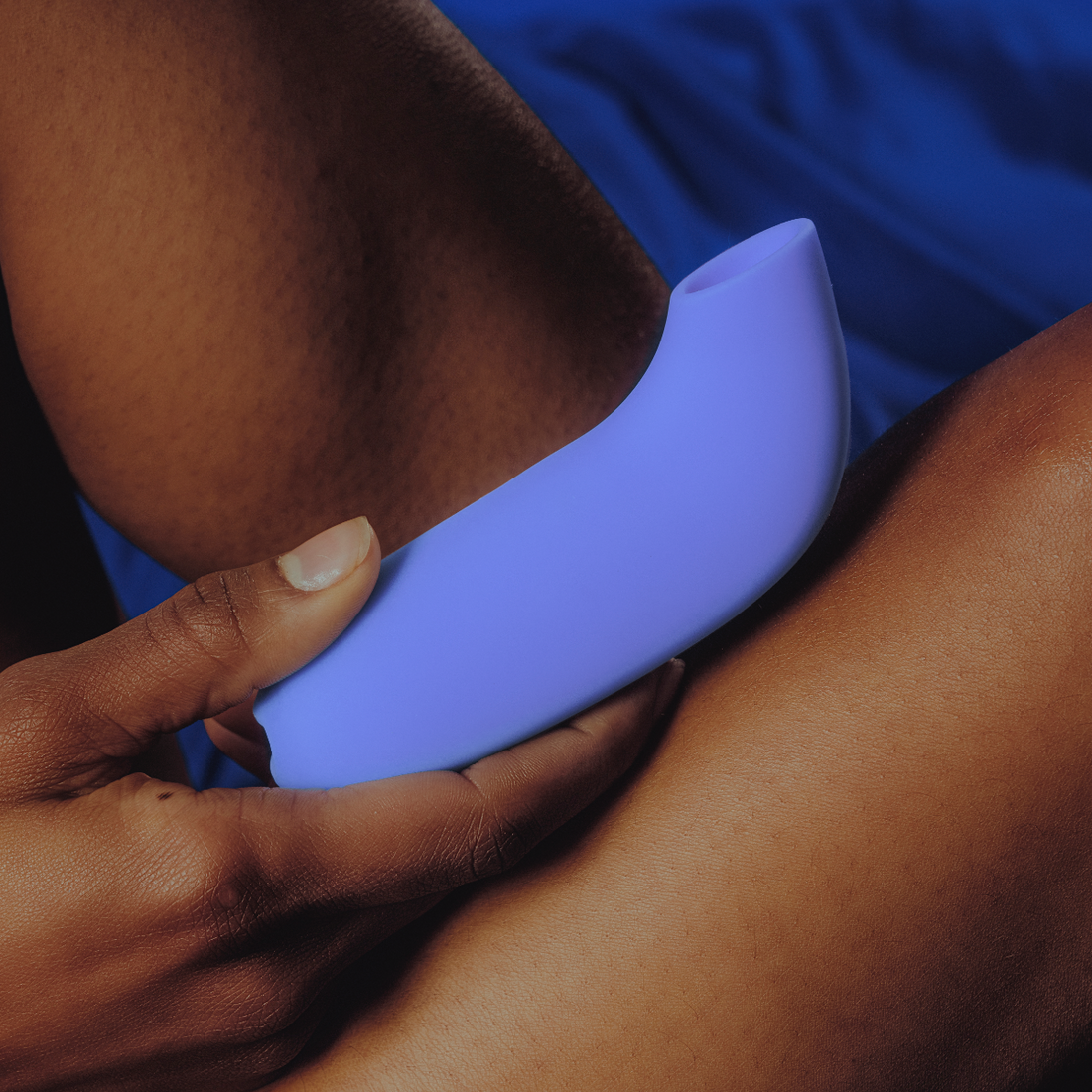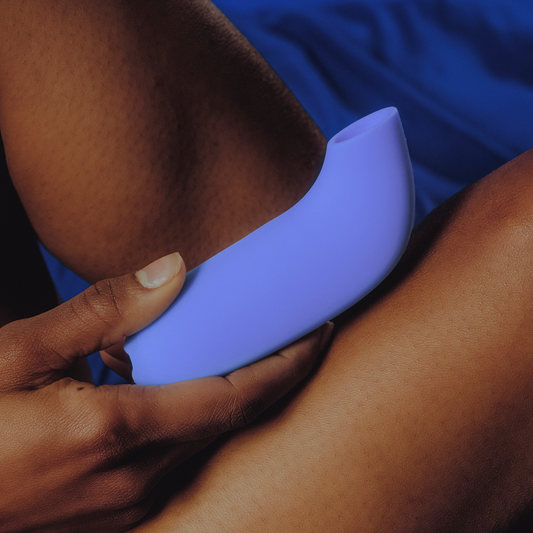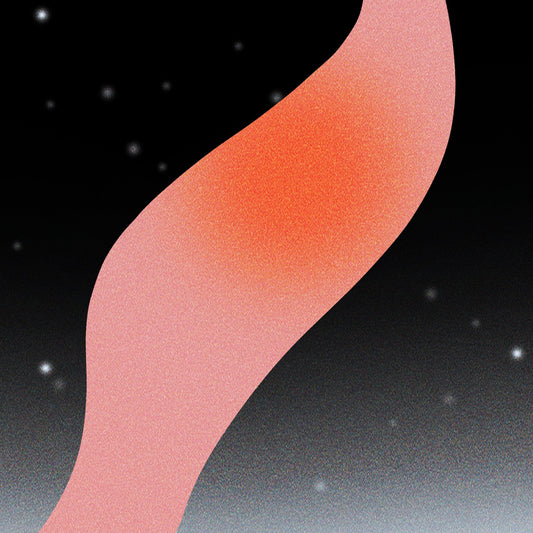What is the A-spot?
“The A-spot is an erogenous zone in the vagina that can bring you to orgasm, multiple times, according to women who have found its location,” says Dr. Sherry Ross, a women’s health expert and author of She-ology: The Definitive Guide to Women’s Intimate Health. Period. The A-spot is part of the internal clitoris. Yes, there is even more clitoris than you might have guessed! The entire clitoris goes below the surface of the labia, extending into the abdomen. The clitoral glans, the part you can see on the outside of the vulva and ground zero for what we know and love as clitoral stimulation, is just the tip of the iceberg. There are internal wings and bulbs, too. Here is a visual:The A-spot is the very, very end of the internal clitoris. “The A-spot is located just above the cervix, on the anterior surface of the vagina,” Ross says. It’s on the vaginal wall just before you reach the cervix. Is there any hard evidence of the A-spot’s existence? Well, not exactly. Most us are convinced because of the many anecdotal reports we’ve heard over several decades. However, one famous study conducted in 1997 seemed to support all of the reports from happy vulva-havers who’ve found the right spot. In that research, Malaysian sexologist and Ph.D Chua Chee Ann was working on a potential treatment for vaginal dryness, and had study participants stimulate the AFE Zone for 10-15 minutes. Not only did about two-thirds of them experience an increase in vaginal lubrication, but 15 percent responded with large amounts of fluid – and nearly immediate orgasms. It was the first clinical evidence that stimulating the A-spot could produce those results. Experts have since theorized that powerful vaginal orgasms during penetration, or climaxes during anal sex, may actually be A-spot orgasms. Some also think it’s possible that so-called female ejaculation, largely credited to G-spot stimulation, may really be due to A-spot stimulation as well.View this post on Instagram




























